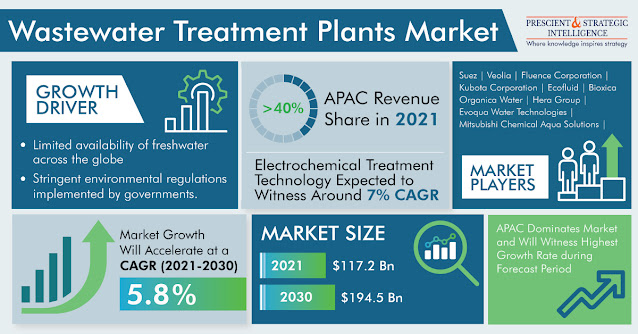People are all the time on the lookout for elevating themselves to better living standards. This is one of the foremost reasons for the increasing usage of fiber cement. Steady rise in the residential sector all over the world has given to heavy construction and people these days are preferring fiber cement over the traditional version. This cement is water-resistant, fire-resistant, has high strength, durability, and stability.
There is a major surge in the demand for fiber cement as people are again going back to construction and renovation of houses and offices post a long lull during the COVID-19 pandemic.
The question arises that, why people are more inclined to go for fiber cement than regular cement? Well, there are many reasons for this being a preference. Fiber cement is more eco-friendly as compared to asbestos. Many countries are shifting toward green constructions and governments around the world give subsidies to the people going for eco-friendly construction. A great example of such an initiative is Canada. The Canadian Government is encouraging the people to go for construction of green buildings.
Mexico is another example for governments supporting the green building trend. It has even joined the World Green Building Council. The country is willing to learn best practices in the field of green and sustainable buildings from Canada, and other countries.
The progressive thoughts of governments and people for sustainable development have created a room for substantial benefits to the construction sector.
 |
| To learn more about this report: https://bit.ly/3W4AR7I |
Why people are preferring fiber cement?
Long lasting: Fiber cement have a lifespan of about 25 years. Once fixed, you are sorted for a fairly long time.
It can Be Easily Worked Upon: Because of being lightweight, people can use the slabs made from fiber cement in DIY projects. However, heavy duty construction should be left to the pros.
Durability: Fiber cement is very strong. it does not crack or dent easily. It can stand well in rough weather conditions like extreme temperatures. Fiber cement siding can stand strong against heavy rain, snow, and windstorms. Moreover, fiber cement can last for a fairly long time.
Low Maintenance: Fiber cement siding does not need regular cleaning as compared to the traditional cement. Any filth can be removed by simply spraying water and using a sponge or brush. Powe washing is not needed to keep it in good shape.
In comparison to asbestos, fiber cement is eco-friendly in nature, which is why the adoption fiber cement is increasing throughout the world, and governments of many countries are also planning to ban the usage of asbestos. For example, in 2005, the European Union banned the usage of asbestos in new products, as it is hazardous to health.
People are preferring fiber cement over the regular one, as it requires less time to prepare. In fact, fiber cement comes in the form of slides and slabs, which makes it portable. It is also eco-friendly in nature.




























